The Maharishi (Great Sage) Agastya
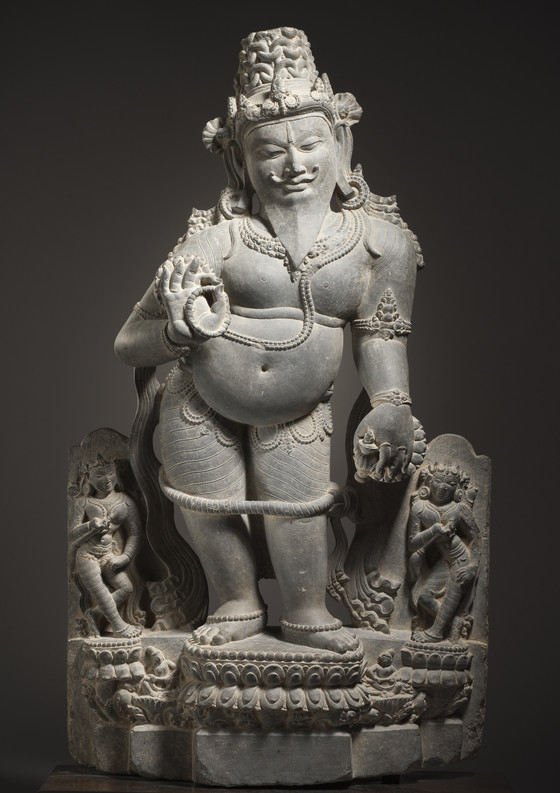
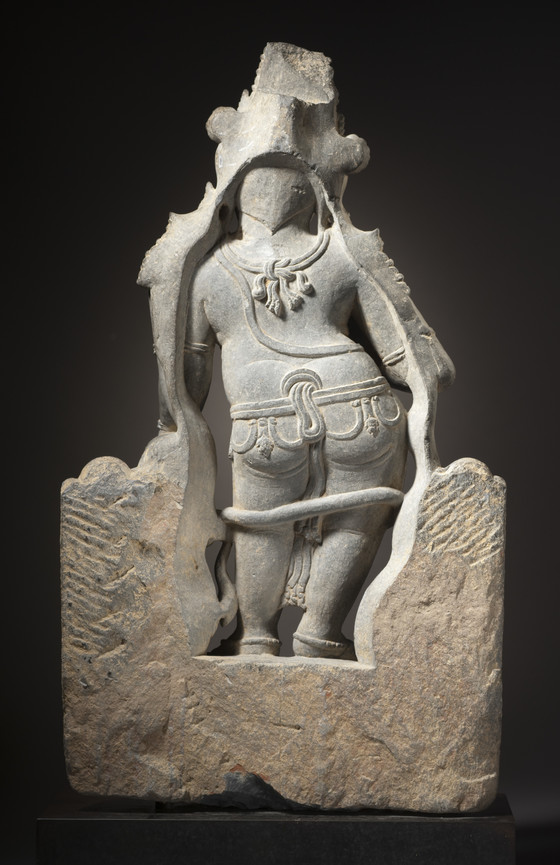
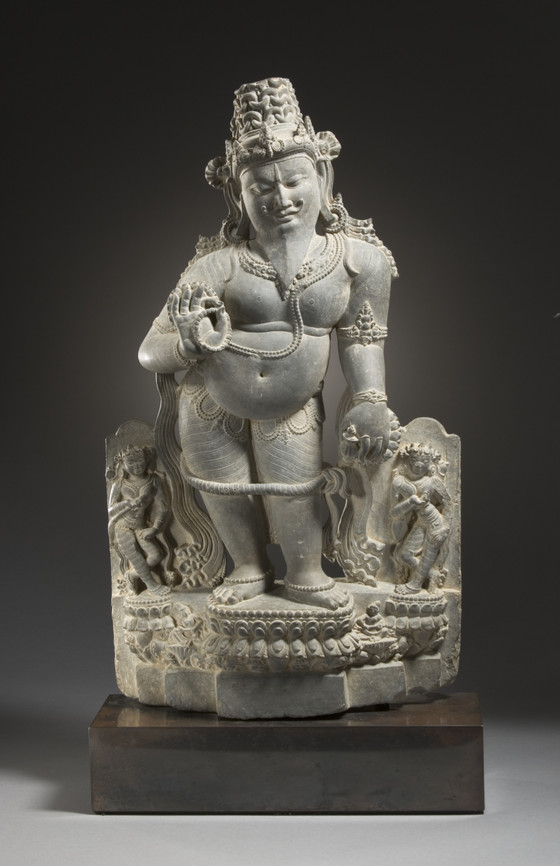


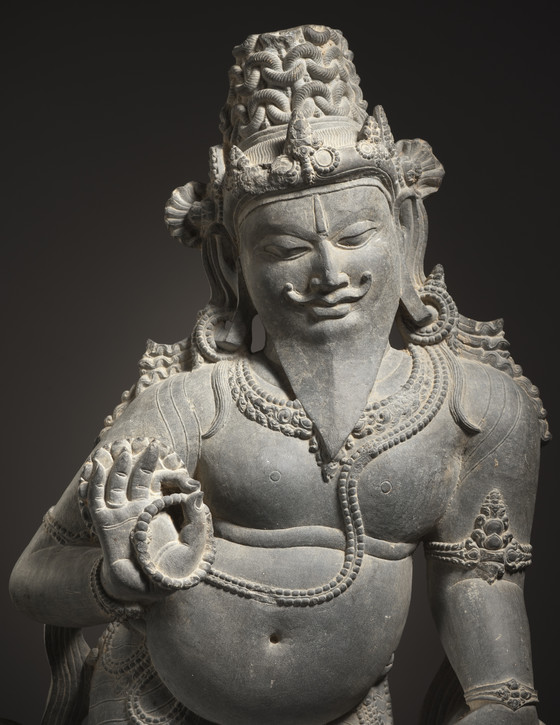
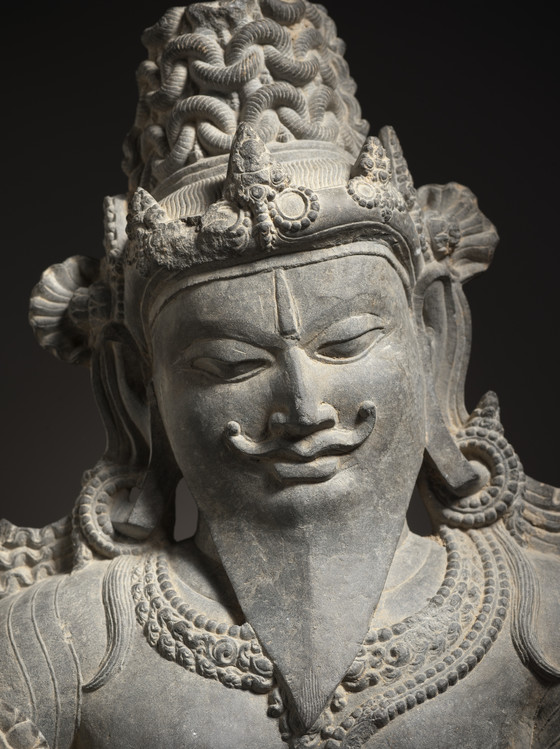
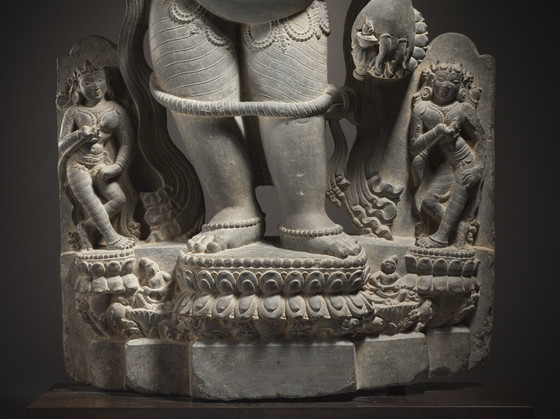

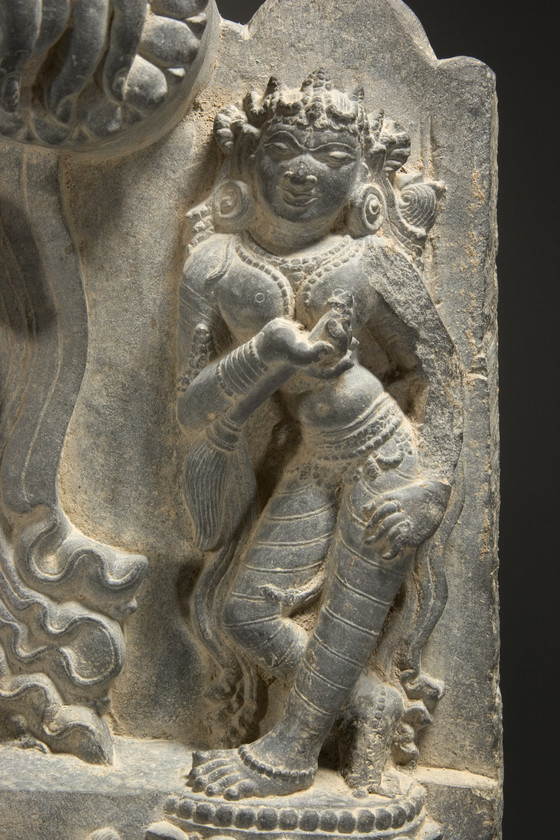
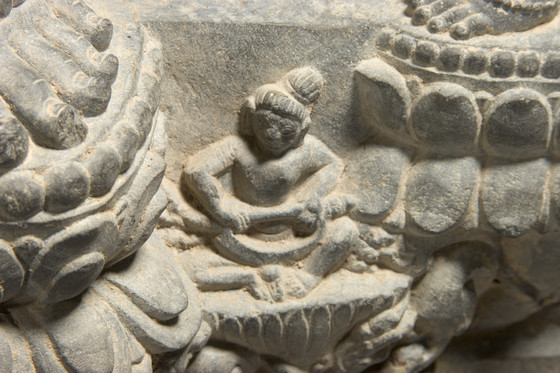
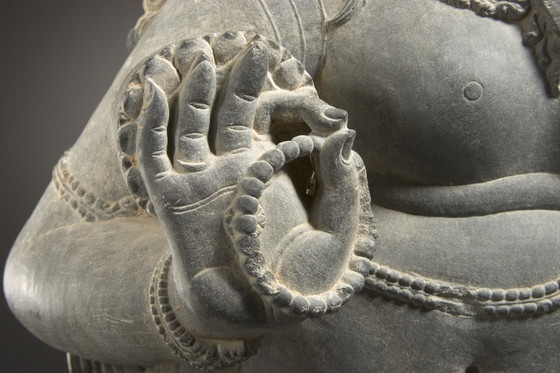
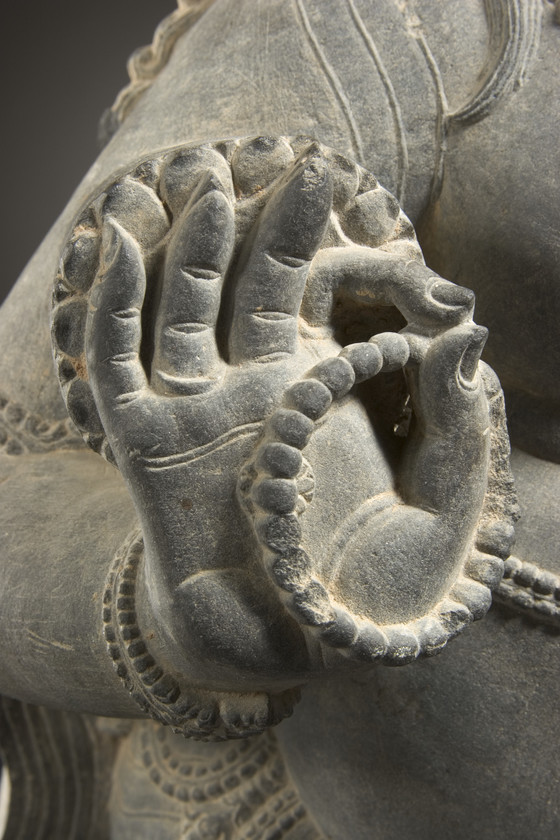
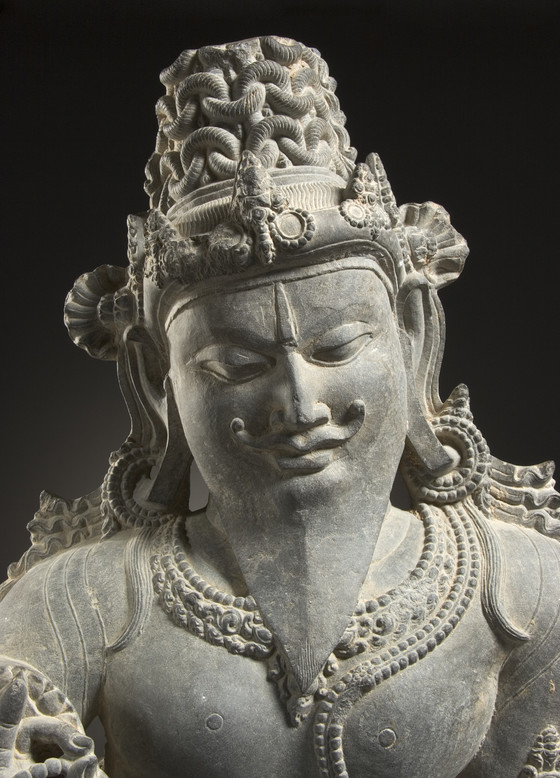
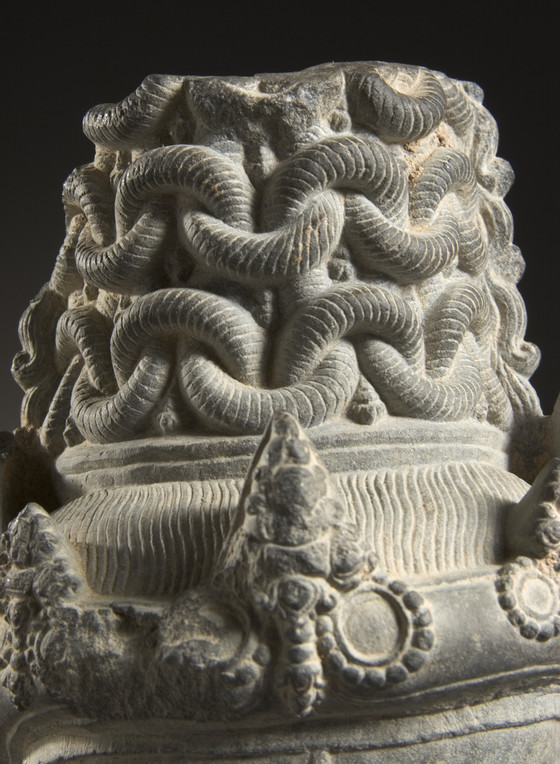
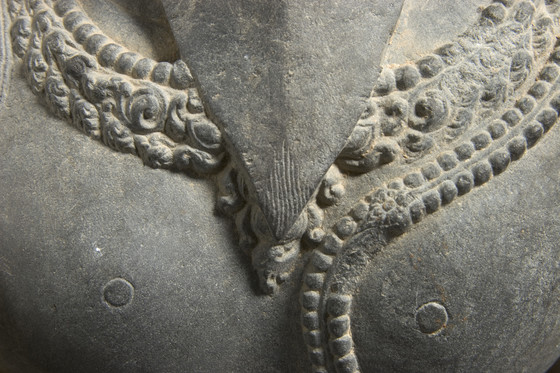
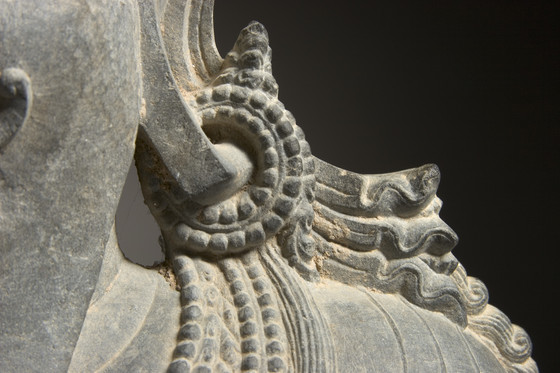
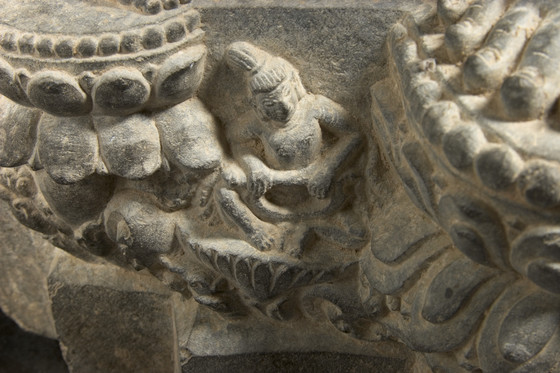

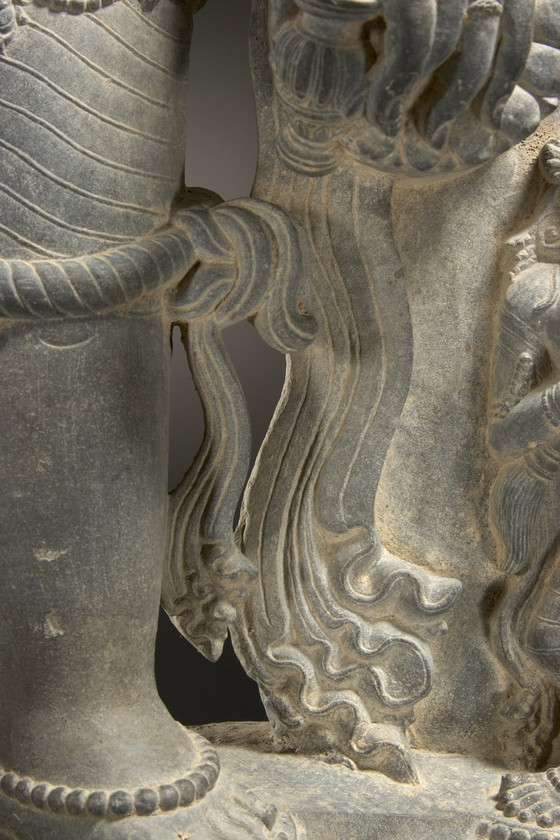


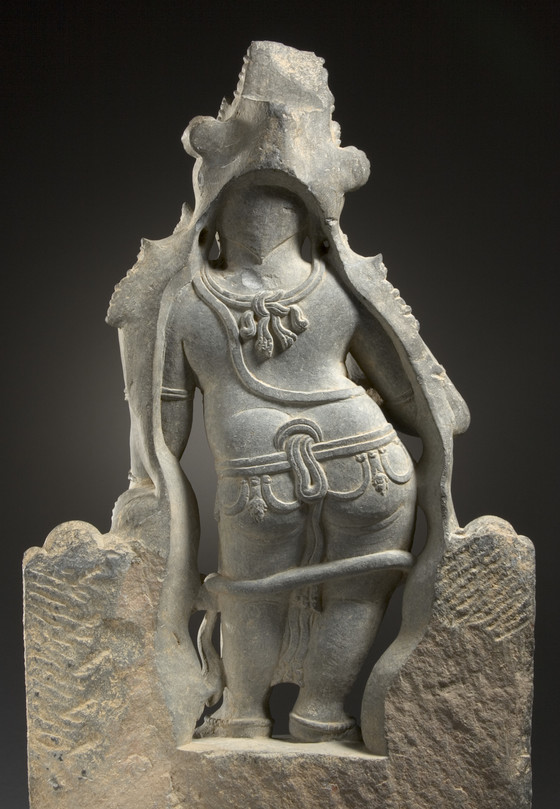
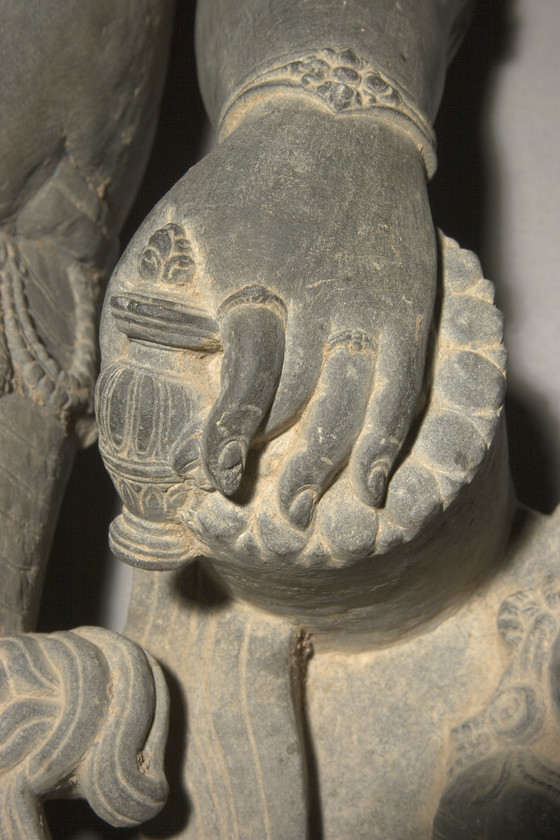
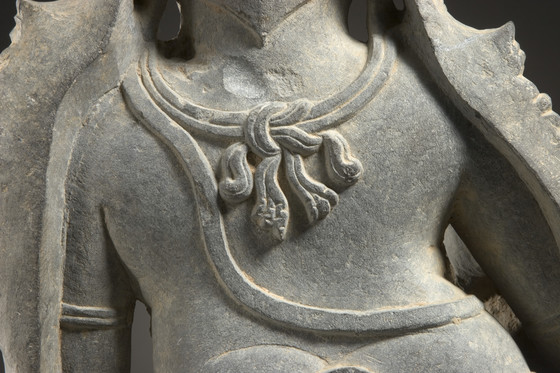

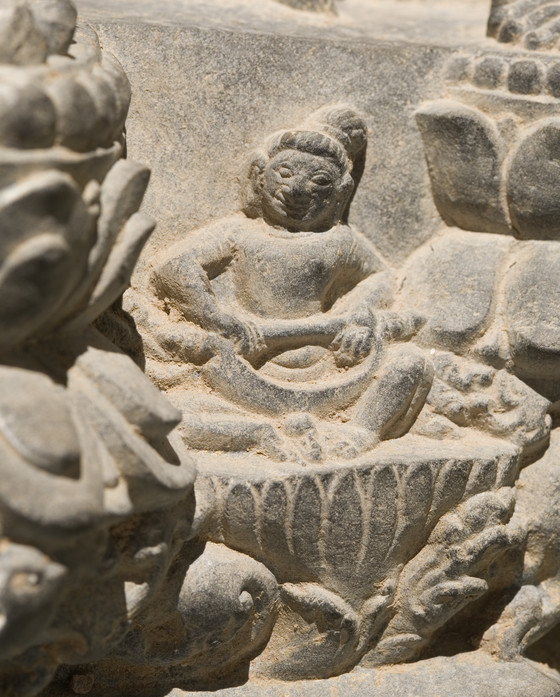
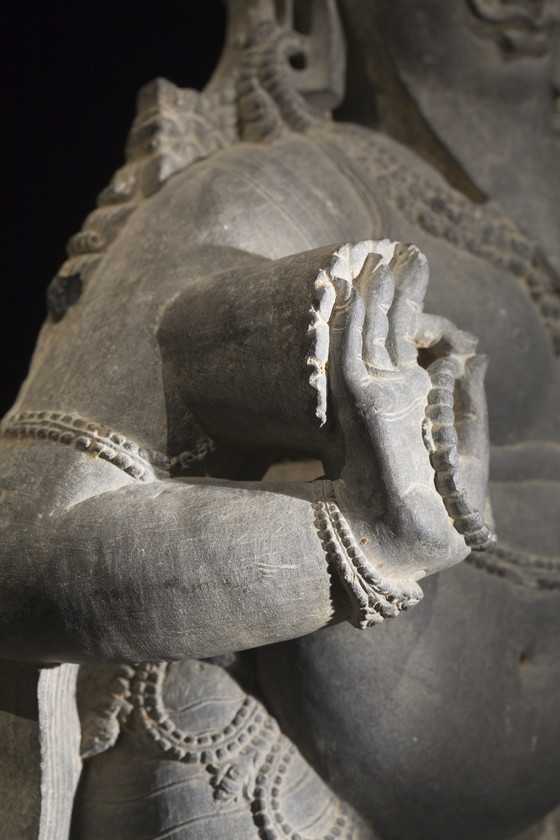
Please log in to add this item to your gallery.
View comments
No comments have been posted yet.
Add a comment
Please log in to add comments.
Please log in to add tags.
* Nearly 20,000 images of artworks the museum believes to be in the public domain are available to download on this site.
Other images may be protected by copyright and other intellectual property rights.
By using any of these images you agree to LACMA's Terms of Use.
The Maharishi (Great Sage) Agastya
India, Bihar, Lakhi Sarai, 12th century
Sculpture
Chloritoid phyllite
26 3/4 x 14 1/4 x 4 3/4 in. (67.945 x 36.195 x 12.065 cm)
Base (On base): 30 x 16 x 5 3/4 in. (76.2 x 40.64 x 14.605 cm)
Gift of the 2005 Collectors Committee (M.2005.30)
Not currently on public view


